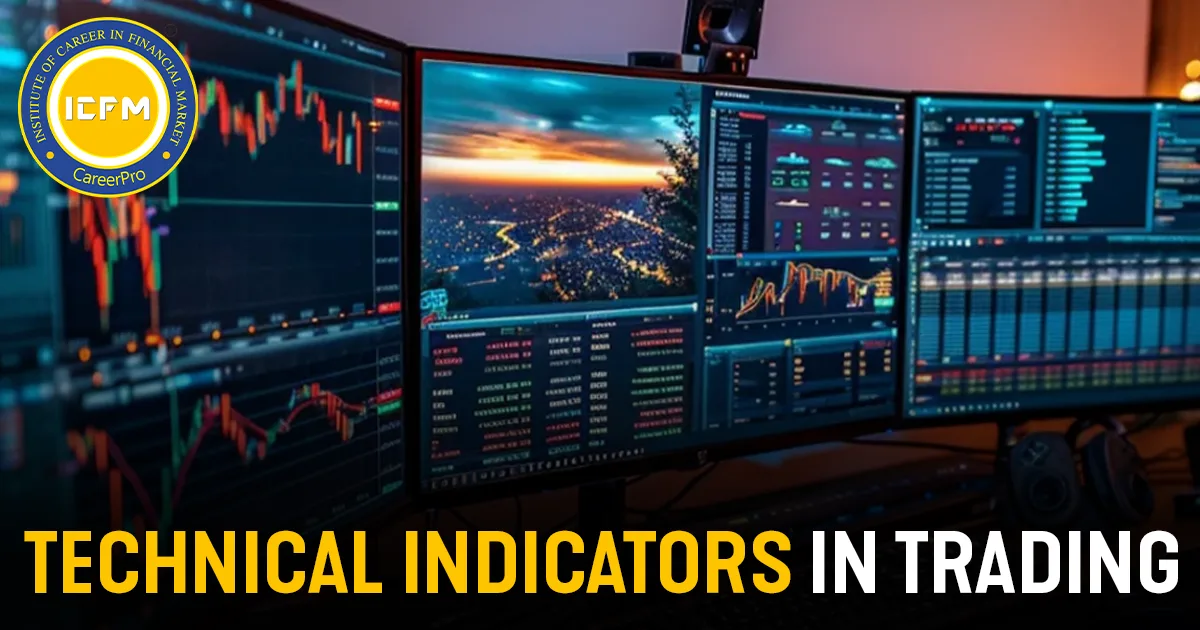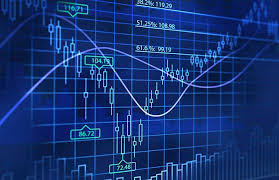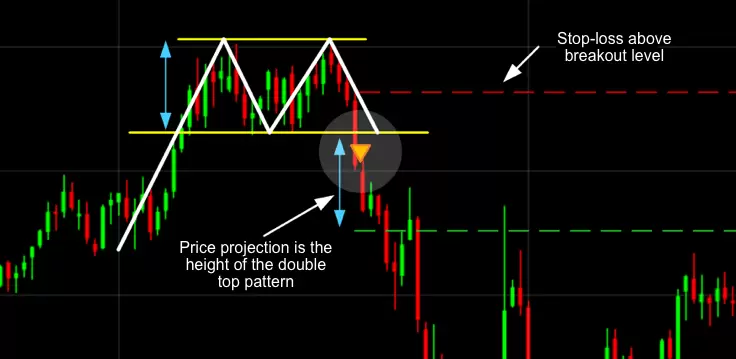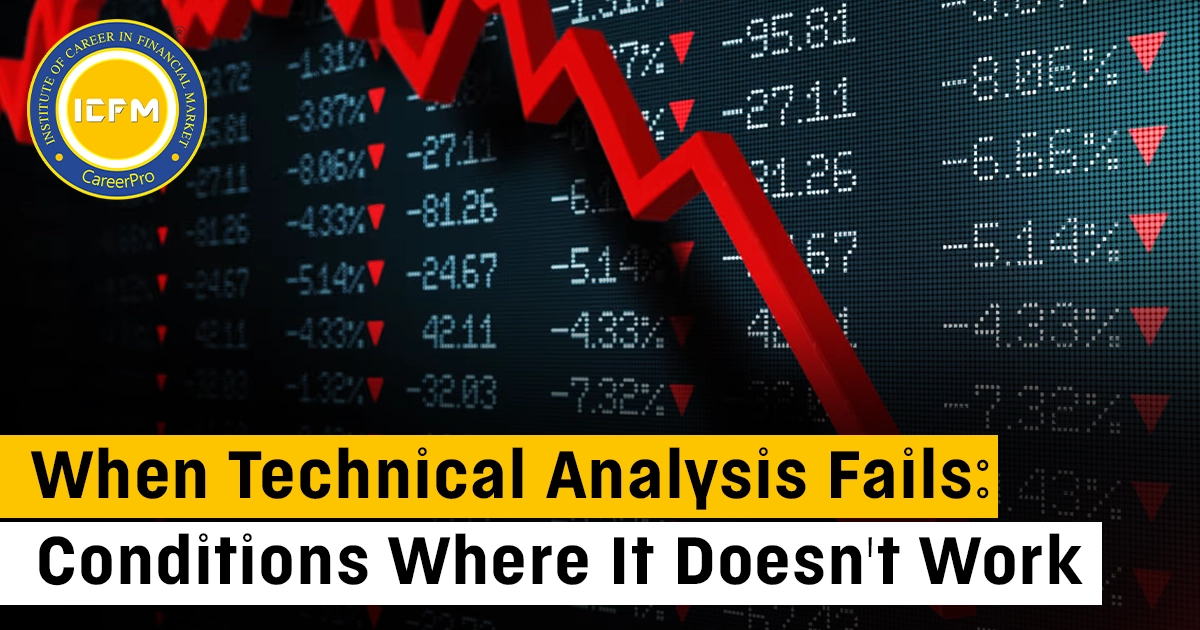Technical Indicators in Trading
Technical indicators are mathematical formulas applied to a security's price, volume, or open interest to predict price movements. They analyze historical data like opening, closing, high, and low prices, which helps traders identify trends and make informed decisions. These indicators provide some extra insight into the raw price action and enrich the prediction of future price change.
Why Use Technical Indicators?
There are three primary roles that technical indicators play when trading:
A. Alert: They act like an alert system for changes in price action or when a key level, such as support or resistance, is nearly about to break.
B. Confirm: Indicators help to confirm trends or signals that are visible through other technical analysis methods, such as chart patterns or candlestick formations.
C. Predict: Some indicators are predictive, allowing insight into the possible direction of future price movement based on a pattern in a historical trend.
Tips on How to Effectively Apply Technical Indicators:
While technical indicators are invaluable, it is always advisable to apply them judiciously and based on context. Here are some tips on how to get the most from your indicators:
• Never Rely Fully on Indicators: Indicators are mathematical derivatives of price action and not the real thing. A mix of indicators and other tools such as candlestick patterns, price action, and trend analysis should be made to make better decisions.
• Look for Confirmation: Always cross-check buy or sell signals from indicators with the broader chart context. For example, if an indicator signals a potential buy but the chart shows a descending triangle, it might be a false signal.
• Limit the Number of Indicators: There is a temptation to use more than one indicator, but having too many causes confusion and redundancy. Instead, focus on two to three indicators that complement each other. For example, avoid using multiple momentum indicators, such as the RSI and Stochastic Oscillator, because they often give similar signals.
• Learn the Intricacies of Your Chosen Indicators: It's easier to learn a few indicators than it is to use many. Mastering the nuances and behavior of each indicator will help you interpret them more accurately in different market conditions.
Types of Technical Indicators:
Technical indicators are broadly classified into two heads:
A. Leading Indicators:
-
Leading indicators are designed to forecast the next price movement. They help traders catch up on possible trends early on, giving them signals to enter or exit the market before fully realising the price movement. These indicators rely on momentum and price action over a set period.
B. Lagging Indicators:
- Unlike leading indicators, lagging indicators follow the price trend. They cannot predict future price moves but confirm the trend that is currently in place and, therefore, are more reliable in trending markets. Lagging indicators evaluate whether a trend is strengthening or weakening and usually produce buy or sell signals later than leading indicators.
Some well-known lagging indicators include:
- Moving Averages (MA): The function of the moving average is smoothing the data for price to identify the direction of the trend. There are two most commonly used types:
- Simple Moving Average (SMA): A calculation of the average price over a set period.
- Exponential Moving Average (EMA): It gives more weight to recent prices, making it more responsive to price changes.
- Moving Average Convergence Divergence (MACD): This trend-following momentum indicator uses two moving averages to signal buy and sell opportunities.
Lagging indicators are the most useful when markets are trending because they can keep a trader on the right side of the market, even if often lagging compared to leading indicators.
Interpreting Technical Indicators:
Interpreting technical indicators requires having an understanding of their unique behaviour and of applying them in conjunction with the broader market context. Here is how to interpret some of the most common indicators:
A. Relative Strength Index (RSI): RSI values fall between 0 and 100. Readings above 70 can be a sell signal, an overbought condition, while readings below 30 can be a buy signal, an oversold condition.
B. Moving Averages: When the price crosses over a moving average, it acts as a bull signal for an uptrend, and when it crosses below it may be viewed as a bearish signal for a downtrend.
C. MACD: The MACD is considered bullish when the MACD line crosses above the signal line, and bearish when it crosses below the signal line.
D. Stochastic Oscillator: Values above 80 indicate that a security is overbought, while values below 20 suggest it is oversold. A crossover between the %K and %D lines within these levels can signal an entry or exit point.









